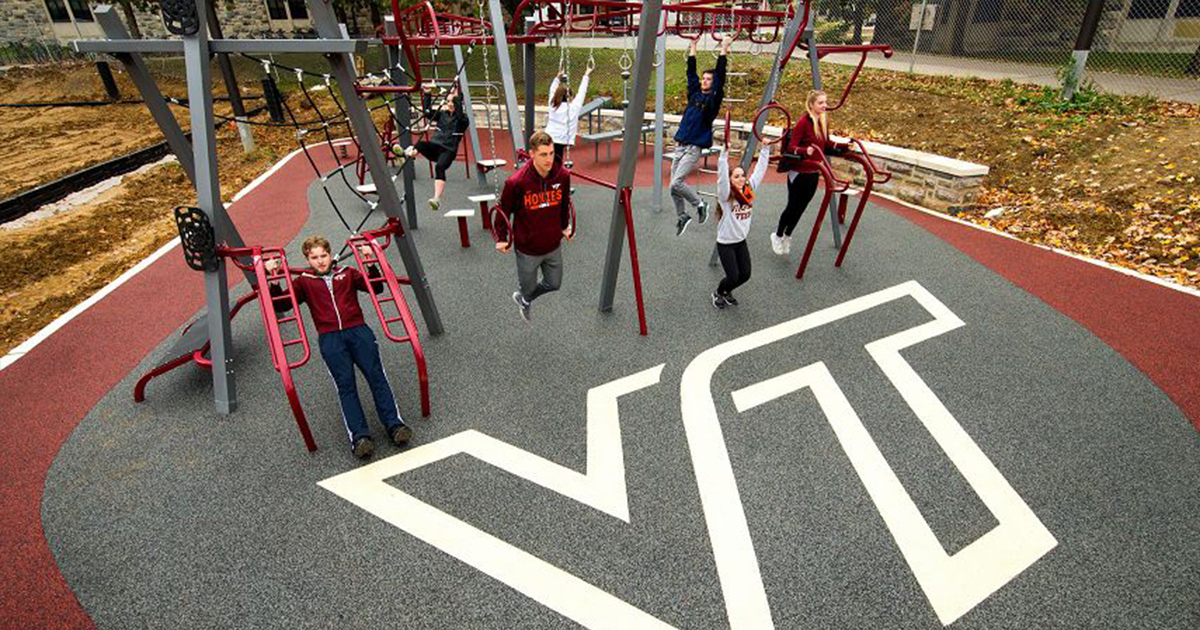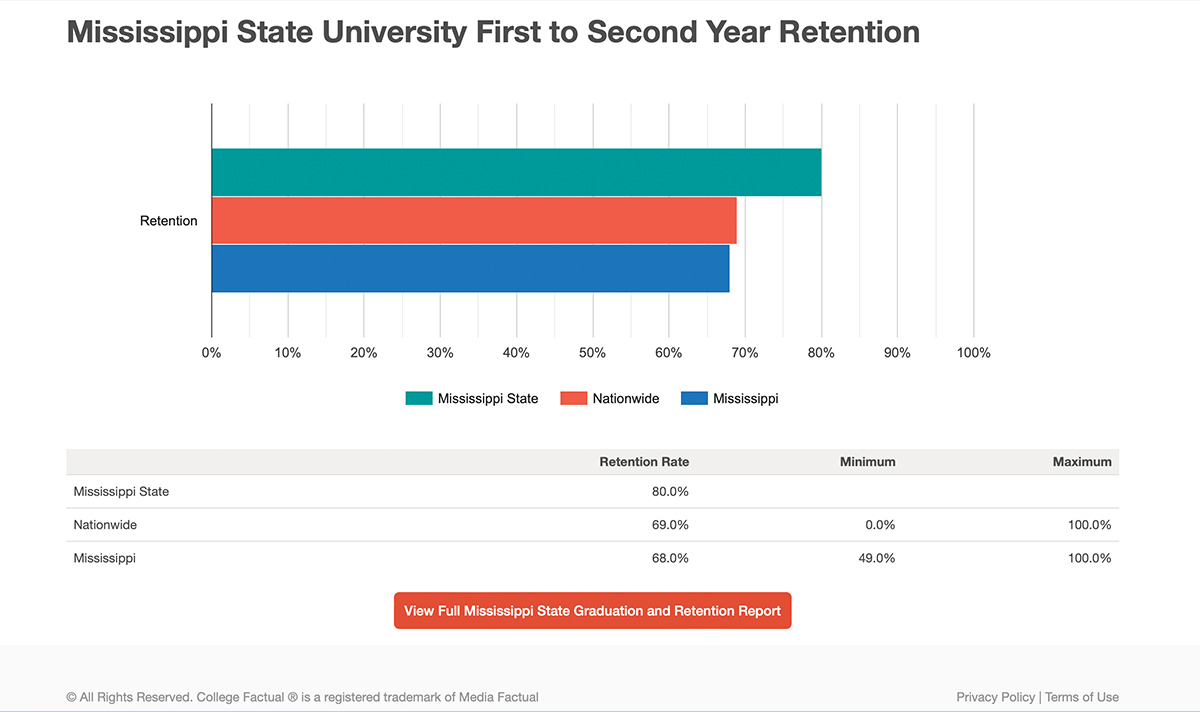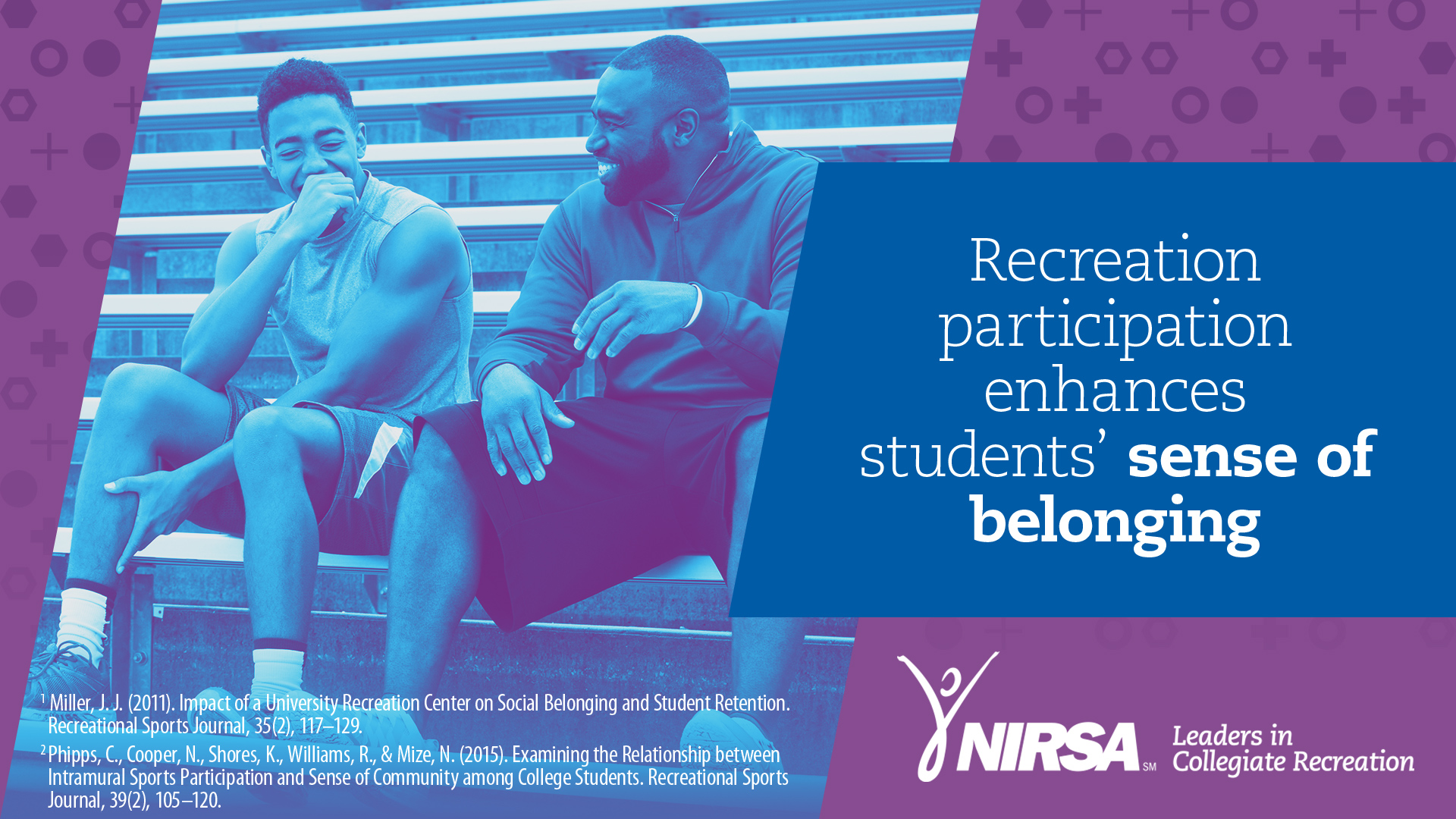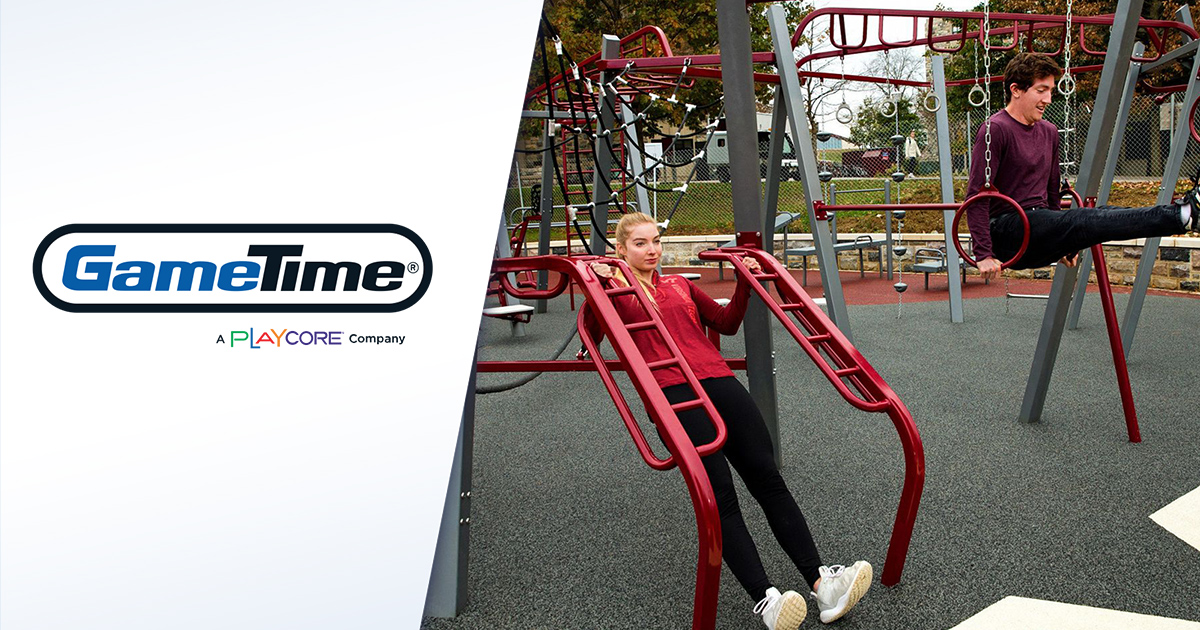College is the first time that many experience moving away from home, learning independence, and discovering a sense of self. Most young adults find the freedom exhilarating after years under parental supervision.
While these newfound freedoms might seem fun on the surface, they can, unfortunately, become very stressful—especially when you throw a bunch of exams and homework on top of them. The stress can become compounded, because many young adults lack the experience or skills to process large amounts of stress.
As a result, mental health concerns continue to increase among college students. A 2016 (pre-pandemic) report from Pennsylvania State University’s Center for Collegiate Mental Health suggests that more than 60% of American college students are concerned with anxiety—more than reported concerns over stress, academic performance, or social isolation. The American College Health Association’s National College Health Assessment’s 2021 Reference Group Data Report found that nearly 40% of students experience depression. During the 2020–2021 school year, more than 60% agreed that they needed help for emotional or mental health problems such as feeling sad, blue, anxious, or nervous according to the Healthy Minds Study: 2021 Winter/Spring Data Report.
Other studies show similarly concerning trends. Health.com writer Amy O’Connor has reported on recent studies showing 70% of students “packed on pounds by graduation.”
Insurance comparison company The Zebra compiled a suite of “2021 Mental Health Statistics” from a range of sources. The statistics grouped under the “College student” heading are worrisome, including “50% of college students reported their mental health to be below average or poor” and 64% of students are no longer pursuing their college due to mental health issues.

How college campuses are responding
From developing wellness apps to offering group counseling sessions, campuses are getting creative with ways to address the mental health needs of their students. But regardless of the innovations in technology, studies show a direct link between our physical and emotional health. And a lack of physical exercise worsens preexisting mental health conditions such as depression, anxiety, and other mood disorders.
This connection between body and mind is why campus recreation departments have long strived to help students maintain good emotional health by providing exercise opportunities. While indoor recreation gyms and class offerings have been a staple on nearly every college campus, outdoor spaces are now coming to the forefront because of the added benefits of spending time outdoors.
Benefits of outdoor fitness
Colleges across the country utilize outdoor spaces on campus to encourage students to be more active and ease some of the mental health difficulties they face.
Wellness retreat companies often leverage the benefits of outdoor exercise. According to Skyterra Wellness, adults who exercise outdoors experience a physiological reaction to the outdoor environment and are more likely to exercise longer and burn more calories.
Outdoor spaces also allow for vitamin D exposure from the sun, improving mental health issues such as depression, says James Richard, Co-Founder of Bizi Vitamin Honey.
Adequate sun exposure becomes especially important for college students, considering most of their days’ activities involve staying indoors.
Exercising outdoors also improves mental clarity through connecting with the environment. Marc G. Berman, a psychologist, published studies that state nature enhances memory and uplifts those who suffer from depressive disorders.
Looking again at the 2021 mental health statistics compiled by The Zebra, 95% of college counselors report that mental health concerns are growing on their campus. Given these trends, I think students need the benefits of outdoor equipment more than ever before. Many universities have already designed an outdoor fitness park, such as:
- Mississippi State University
- Wichita State University
- University of Maryland
The students in these schools are doing well. CollegeFactual.com reports Mississippi State University surpassed the average first year retention rate:

The importance of socialization
There are even more benefits to creating outdoor fitness areas or installing outdoor fitness equipment on campus. Aside from improved physical and mental health, students who participate in outdoor exercises experience a greater degree of socialization.
The social culture at an indoor gym is to put in your earbuds and look ahead while you complete your workout. An outdoor park or fitness area can connect people who might otherwise never meet. Studies show college students who are more social see improved mental health and are more likely to stay in school.

Help make a difference in students’ lives
Most colleges and universities have guidelines in place for regarding the amount of square footage per student they should provide for indoor recreation or health training. As enrollment increases and indoor space commands a higher premium, campus recreation departments are utilizing outdoor areas to make health education and fitness training available to students.
Here are five ways outdoor fitness areas can further enhance quality of life for students on your campus.
1. Vitamin D – The sun’s gift to your health
According to the Bureau of Labor Statistics, the average full-time college student is indoors two thirds of the day. That much time spent indoors can lead to a Vitamin D deficiency.
When students are deficient in Vitamin D, they experience weakened immune systems, higher levels of inflammation, depressed mood, and poor bone health. The good news is spending as little as 10-30 minutes outdoors two to three days a week can help your body maintain healthy levels of Vitamin D.
2. Outdoor exercise challenges the body and mind in new ways
When you train outdoors, changes in the environment and terrain force you to adapt to your surroundings. You work in new and different ways to sustain your movements and focus on the exercise.
For example, running on a treadmill is a somewhat repetitive exercise with little change or variation. Running outdoors, by comparison, introduces variability to the terrain, elevation, and required effort. This kind of variation to your workout can make it more beneficial and reduce the likelihood of adaptation by various muscle groups.
For more variety, many colleges install outdoor fitness equipment like THRIVE. THRIVE functional fitness trainers offer multiple exercise stations in one compact design. As many as 20 people can participate in a group training session in as little as 250 square feet.
3. Outdoor fitness is a social experience
Colleges that implement outdoor training and workouts report increased participation among peers. Students enjoy meeting one another for a workout or a jog around campus. It encourages social interaction that is essential to improving quality of life.
Moreover, there is an added degree of accountability that comes with exercising outdoors. You’re more likely to attend if you have a standing appointment to join your friends at a boot camp class or on a group run.
4. It makes exercise more fun and enjoyable
College can be tough on students, both physically and emotionally. Being outdoors in nature is linked to a positive mood and reduced anxiety—so is exercise. When you combine the two, you increase the enjoyment of working out by orders of magnitude. Students at the College of William & Mary encourage other students to spend time outdoors during exam time. They hand out nature maps, tips for anxiety relief, and different ways to deal with the stresses of college life. At UC Davis, students are encouraged to spend time outdoors engaged in fun physical activity as part of a NatureRx class.
Efforts to encourage students to be active outdoors can generate positive results, such as:
- Improvements to cognitive ability to concentrate and increased attention span
- Elevated mood and improved sense of overall happiness
- Reduced physical and psychological stress
- Increased social connections and improved quality of social relationships
- Improvements to overall physical health and mental wellbeing
5. Outdoor exercise generates results quickly
One of the most extraordinary things about exercising outdoors is how quickly students see results, both physically and emotionally. In as little as 120 minutes per week, the cognitive and emotional benefits begin to accrue. Students see improvements to their physical health in a similar time frame.
And it can be easy for students to add exercise time to their schedule. A 30-minute outdoor fitness training each weekday will do the trick, or a few jogs during the week with a longer hike on the weekend will work. The important thing is to make spending active time outdoors a habit and a priority.
Make outdoor fitness part of your campus
How much physical activity do adults need? According to the CDC, college students should get at least two hours and 30 minutes a week of moderate-intensity exercise and participate in muscle-strengthening activities at least twice a week. If you commonly hear college students say they don’t have enough time for this kind of workout regimen, don’t worry. Here are some ways campuses can help students incorporate more physical activity into an established daily routine:
- Designate walking and biking paths throughout the campus to encourage more activity—some colleges post signs with the distance between points or the number of steps between locations.
- Set up an early riser walk or run group. Students who have early classes may be willing to get an earlier start to socialize with friends before their day gets started. Early morning exercises cause a release of endorphins which contributes to improved mood throughout the day.
- Host periodic workshops or classes on how to use study breaks as an exercise break. Evidence suggests some students have higher brain function when their body is in motion.
Outdoor exercise offers many unique benefits for college students. Students who spend time exercising outdoors experience improved mood, better focus and concentration, and reduced stress. By providing outdoor training spaces, campus recreation departments can free up indoor space and help students realize the benefits of exercising outdoors.
About GameTime
GameTime offers outdoor fitness and recreation solutions for every campus. GameTime‘s fitness environments maximize the use of outdoor space and minimize construction expenses. The custom design services, local service, and ease of procurement through the OMNIA purchasing contract makes GameTime fitness the perfect fit for any budget.
Jon Walker is currently Product Manager for Outdoor Fitness & Freestanding Play at GameTime. You can email him at jon.walker@gametime.com.






